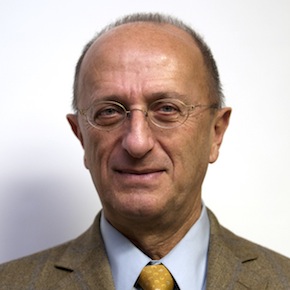The Carter Center acknowledges the complex and fluid developments in the Syrian war, the humanitarian and economic crisis, and the difficulties of getting all relevant stakeholders into a transitional framework. With so much destruction and suffering, and with so few apparent prospects of a negotiated future, it is of course hard to devise possible constitutional and legislative arrangements for a transition. But all wars end and all will require some form of governing arrangements to address transition and power sharing, rebuilding and “healing”, and eventual reconciliation.
The Carter Center report – Options for a Political Transition – submitted for debate on this website draws on a series of consultations with Syrian leaders, activists, lawyers, judges, and academics from across the political divides, as well as international experts who have experience in consensual power sharing and political transition arrangements from around the world. The report outlines constitutional options that can support a transition to peace, reunification and reconciliation in Syria.
The report recognizes that when peace negotiations or a national dialogue commences among the Syrian parties, various stakeholders are likely to approach transition arrangements from diametrically opposing starting points, but ultimately a middle ground will have to be found. Such a compromise could well entail a combination of reforms to the current Syrian constitution and legislation, coupled with the creation of new institutions, and perhaps, new interim constitutional arrangements. Negotiating such a hybrid of laws and institutions for the transitional period will entail complex tradeoffs, in the effort to ensure that the transition successfully lays a long-term foundation for a new Syria, while addressing the legitimate fears and needs of the many components of Syrian society and providing security for all.
The report does not address the underlying causes of the opposition to the government, the role of the international community, the subsequent war and rise of extremism, nor does it address the ensuing humanitarian catastrophe, the economic consequences of the war, and the costs as well as economic policies required to rebuild the country.
While peace talks have failed to date, eventually a political agreement will be needed to end the war, incorporating possible constitutional modalities that can support a transition to peace and representing a political compromise acceptable to all. Such an agreement could be reached in the context of an international effort, a national dialogue process, or, a combination of both.
The debate on this website, in the first place, could enrich future iterations of the report – Options for a Political Transition – and, more generally, could provide an inclusive vision of a future Syria. We encourage other Syrian civil society organizations to expand this debate through their websites and groups.
[su_document url="http://www.syriauntold.com/wp-content/uploads/2014/11/Transition-to-Peace-Reunification-and-Reconciliation-in-Syria.pdf" width="1600" height="800"]



